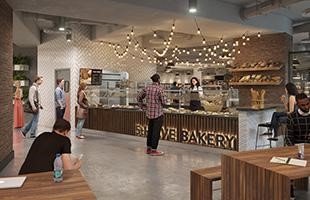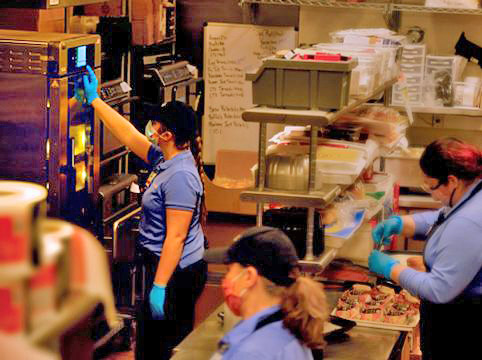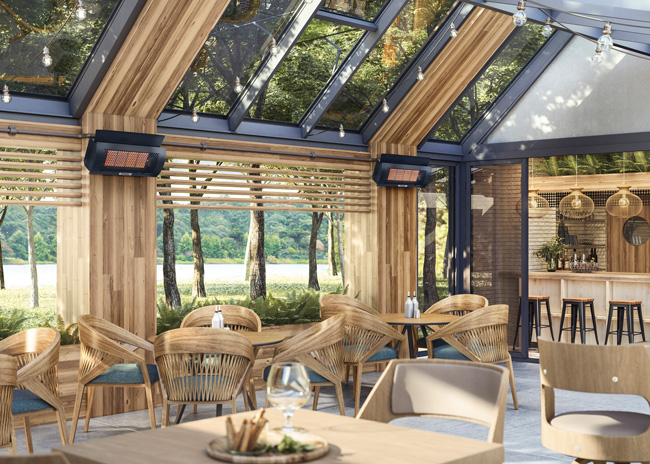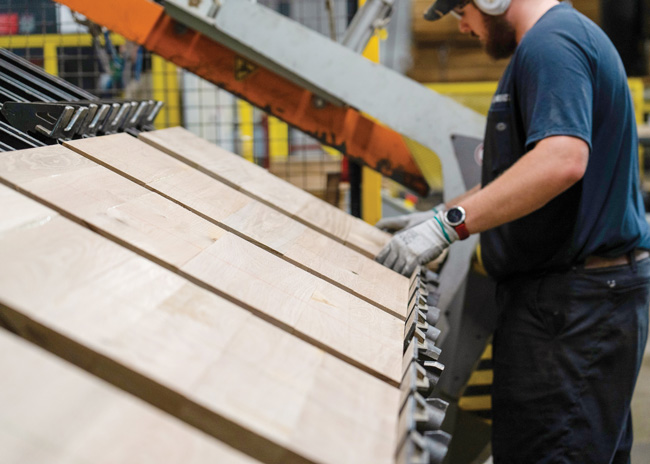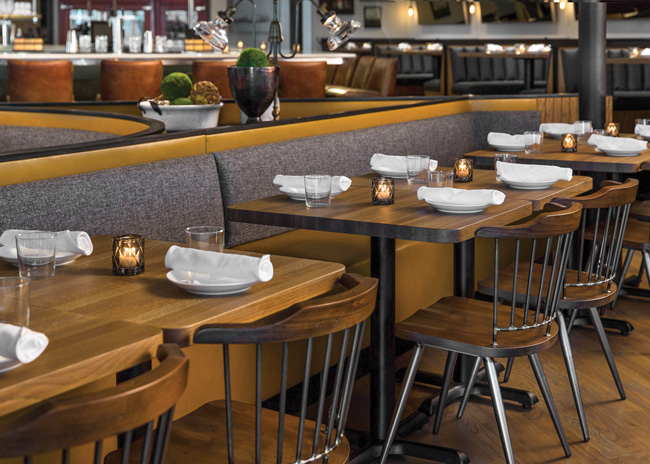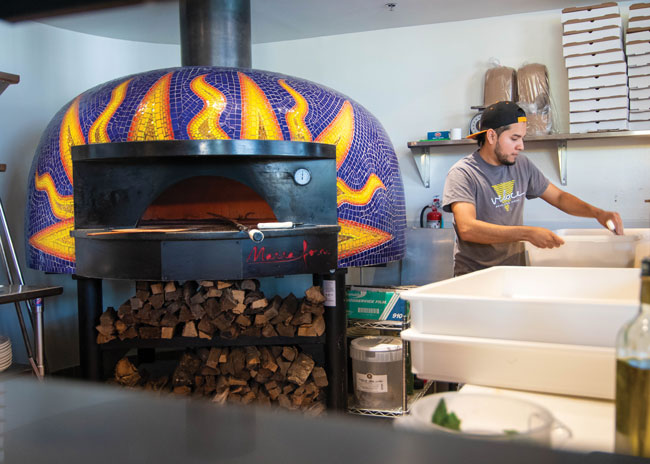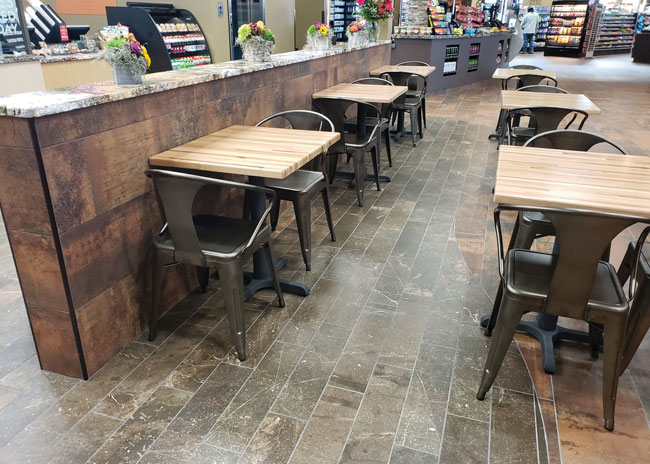Sponsored Content
Throughout the year rd+d collaborates with leading suppliers to provide insights, innovations and solutions to readers. Below you'll find special topics and Q&As relevant to restaurant development and design professionals.
When architects and interior designers work with foodservice consultants, the dining experience is better for the customer and foodservice employees. The desire for a convenient, fast, personalized, and contactless food experience has resulted in new trends and architectural spaces that the post-pandemic consumer demands.
Whether a convenience store, university foodservice outlet, office snack shop, or a similar food operation, the same challenges exist: How to serve more customers at the same time while navigating ongoing labor shortages and space limitations. It’s difficult to expand hot food offerings with limited staff and space.
Since 1909, Weber Knapp Co., based in Jamestown, NY, has worked closely with its customers to design, develop and manufacture innovative mechanical hardware and kinematic motion control devices.
In the last year and a half, Dimplex’s outdoor heating line has quickly evolved from a new and growing category to a rapidly expanding juggernaut.
When purchasing your restaurant’s furniture, there are many factors to consider. Vendor selection, product mix, materials, durability, lead times and finishes…the list goes on and on. Unfortunately, now more than ever, long lead times and material shortages have caused headaches for operators across the U.S.
Q&A with Karl Kothmaier, president, Peter Meier Inc.

